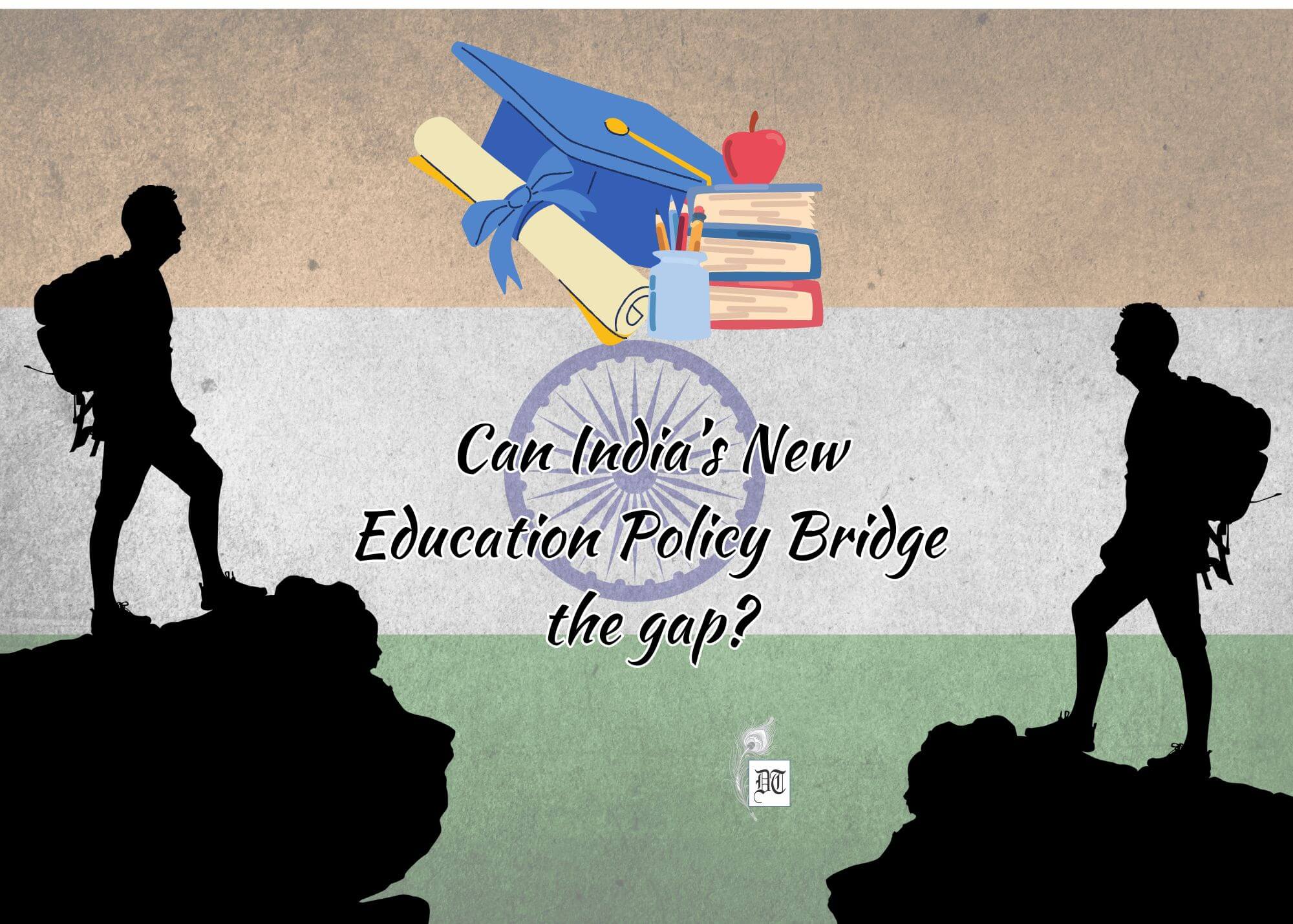Thailand’s ambassador to India and a key official convening the ASEAN-India summit this week, Chutintorn Sam Gongsakdi said before the media that India needs to focus on the China factor in the trade. He urged the need to find a solution to the RCEP (Regional Comprehensive Economic Partnership) opening the door for China and actually negotiate it through instead of paying lip service to the ASEAN countries, analysed Navodita, our Associate Editor, in the weekly column, exclusively for Different Truths.
On Republic Day the ten heads of states of ASEAN countries were the chief guests and PM Modi is making use of this opportunity to boost India’s ties with Southeast Asia. The year 2017 was an important landmark as India and ASEAN commemorated 25 years of their partnership, 15 years of summit-level interaction and five years of strategic partnership.
PM Modi’s strategy has mainly been focused on South Asia and the Indian Ocean region. Currently, India’s export sector remains weak and the government’s focus has shifted to boosting manufacturing domestically. Thus India’s economic focus is not in tune with other regional powers which view ASEAN as an important market for exports and investments. India’s interest in ASEAN as a multilateral forum remains bleak and glim as it continues to give importance to bilateral partnerships to further its own interests. New Delhi’s gaze, however, is focused on Myanmar, Thailand and use these as a bridge to ASEAN. However, it is felt that New Delhi should work more closely with leaders in fostering ties within regional blocks like these instead of just focusing on partnerships with specific countries. This is one such opportunity to enhance its global credentials.
Thailand’s ambassador to India and a key official convening the ASEAN-India summit this week, Chutintorn Sam Gongsakdi said before the media that India needs to focus on the China factor in the trade. “Connectivity is important, but we are also at a point across the region when nationalism and populism are on the rise. To have connectivity work to its full potential, it is necessary to dial down the nationalistic rhetoric,” he said. He felt that regional integration and liberalisation can be good for the country and people need to be patient to see the long-term benefits. He urged the need to find a solution to the RCEP (Regional Comprehensive Economic Partnership) opening the door for China and actually negotiate it through instead of paying lip service to the ASEAN countries. ‘3Cs’ of connectivity, culture, and commerce will be highlighted in the joint statement.
Former Foreign Secretary Shashank said that even before the British imperialist times, India has had cultural ties with certain ASEAN nations. P.V. Narasimha Rao made a special effort to foster ties as a part of the ‘Act East Policy’ and took some good initiatives. Atal Behari Vajpayee further made efforts to strengthen the relations with Southeast countries. He added that in these nations, a majority of residents of Chinese origin who form the financial backbone of these countries. Therefore, it is important for India to promote ties with these nations all the more to withhold China’s strengthening in the Asia block.
There was a special commemorative summit to mark 25 years of dialogue relations. The commemoration was held on the eve of Republic Day where Modi said, “India shares ASEAN’s vision for peace and prosperity through a rules-based order for the oceans and seas. Respect for international law, notably UNCLOS (United Nations Convention on the Law of the Sea), is critical for this.” He seemed to show that India is sincere to enhance its shared maritime domain.
In the ‘Delhi Declaration’ released after the summit, 11 leaders also confirmed the importance of maintaining peace and stability, maritime safety, freedom of navigation and overflight and other lawful uses of the seas in the region. There was also a collective reaffirmation about the need to have ‘peaceful resolutions of dispute’ in accordance with UNCLOS and standards of the International Civil Aviation Organisation and International Maritime Organisation.
The document as released to the media read, “In this regard, we support the full and effective implementation of the Declaration on the Conduct of the Parties in the South China Sea (DOC) and look forward to an early conclusion of the Code of Conduct in the South China Sea (COC).”
 India proposed a framework to ASEAN for cooperation in the blue economy sector. China reacted to the commemorative summit by chiding Indian media they associate every move of Indian government and leaders with China too soon. Chinese foreign ministry spokesperson Hua Chunying said that the Indian media, it seems, was too distrustful of China and unconfident about their countries. She added that China was pleased to witness the development of normal relations of cooperation between India and ASEAN. She further said that China hopes to work with others to make positive contributions to promoting regional peace, development, and prosperity.
India proposed a framework to ASEAN for cooperation in the blue economy sector. China reacted to the commemorative summit by chiding Indian media they associate every move of Indian government and leaders with China too soon. Chinese foreign ministry spokesperson Hua Chunying said that the Indian media, it seems, was too distrustful of China and unconfident about their countries. She added that China was pleased to witness the development of normal relations of cooperation between India and ASEAN. She further said that China hopes to work with others to make positive contributions to promoting regional peace, development, and prosperity.
Singapore’s Prime Minister Lee Hsien Loong said the regional cooperation would establish this as the world’s largest trading bloc which would enable businesses to harness the region’s true potential and was subtle in his approach about harnessing RCEP. There was a joint declaration among all states to move forward in RCEP and called for combatting terrorism through close cooperation by disrupting terror groups.
In the days to come, all eyes will be set on how RCEP takes shape as an economic forum and how it boosts the economy and helps in moving our economy forward.
©Navodita Pande
Photos from the Internet
#ASEAN #ThailandandIndia #ForeignRelationship #RepublicDay #Aamonomics #DifferentTruths


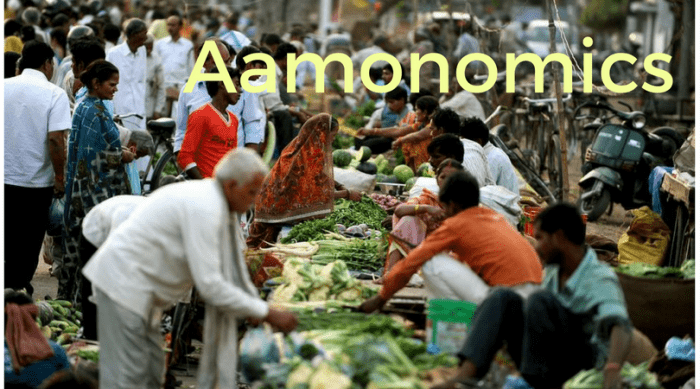
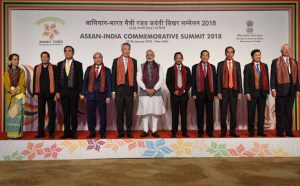

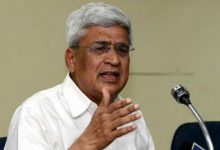
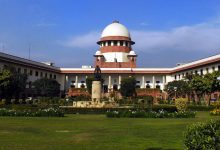

 By
By
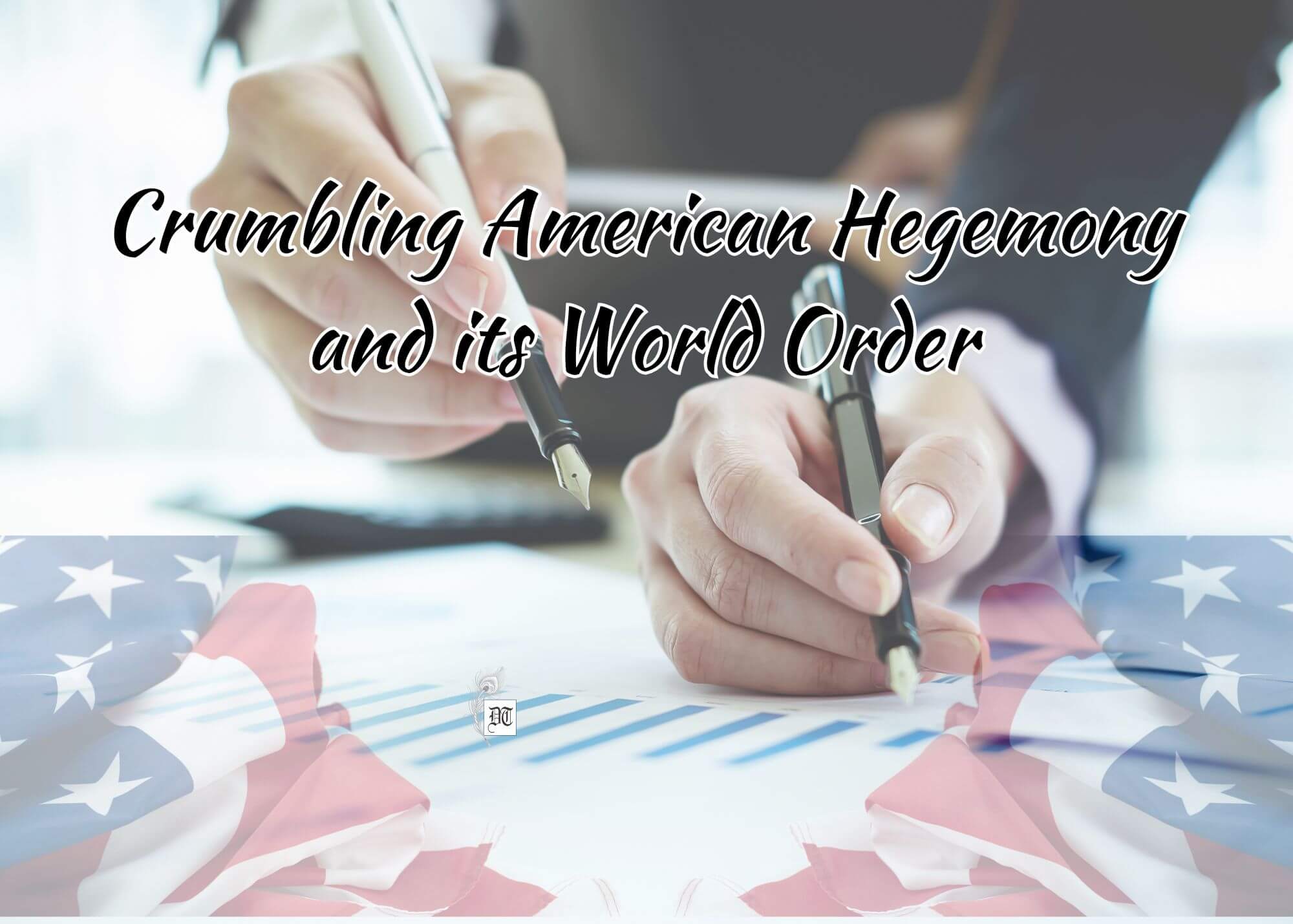
 By
By